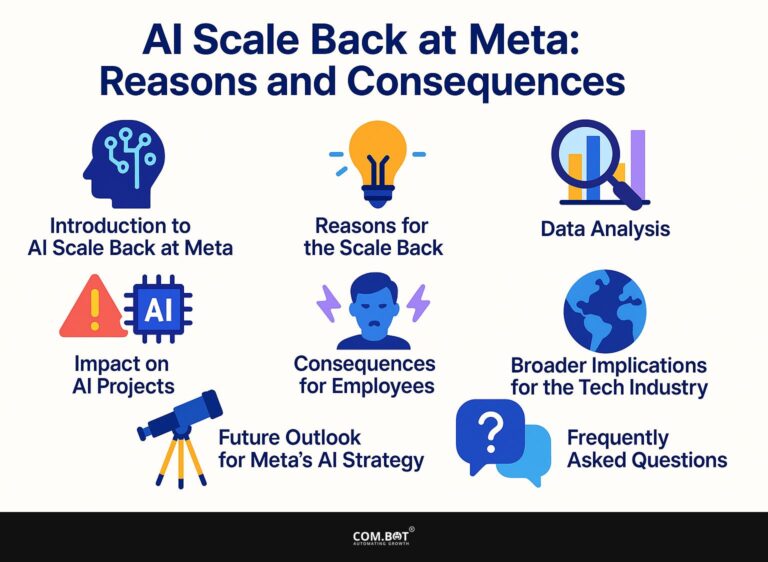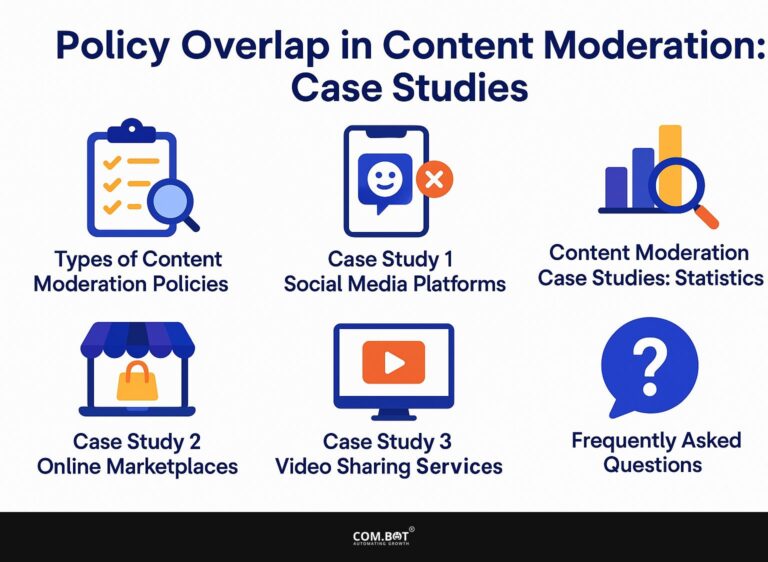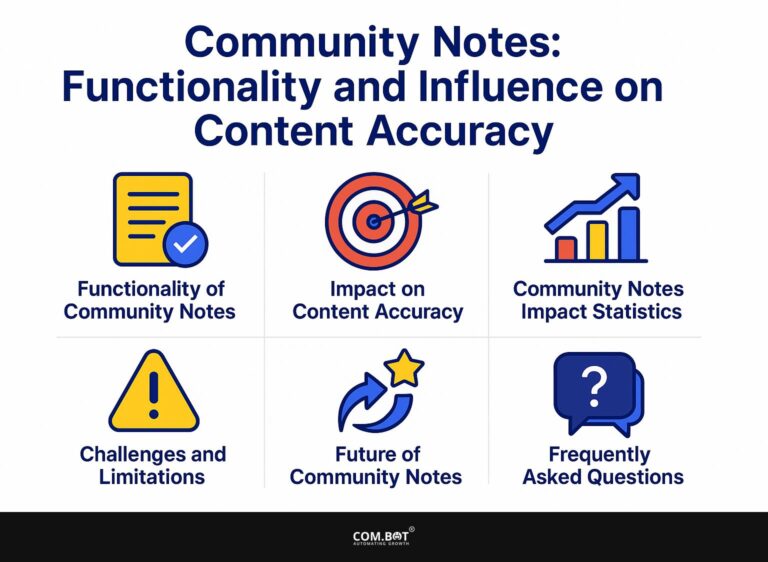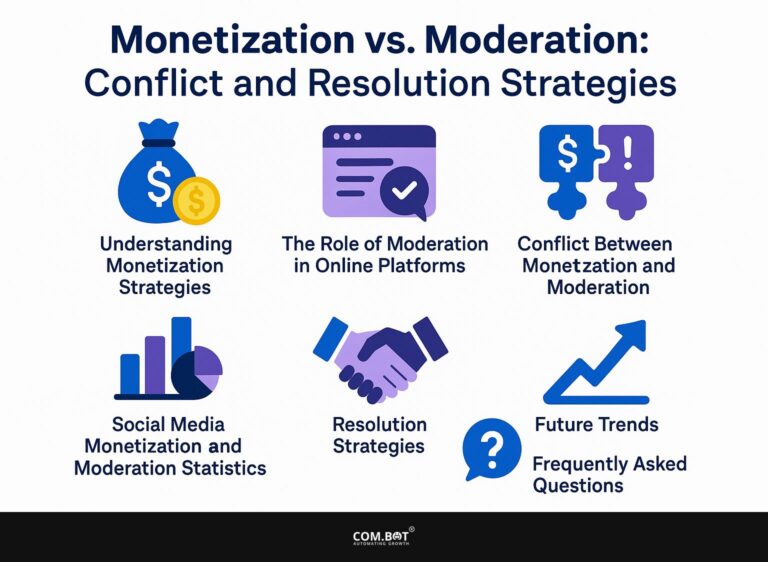High-Severity Content: Identification and Moderation
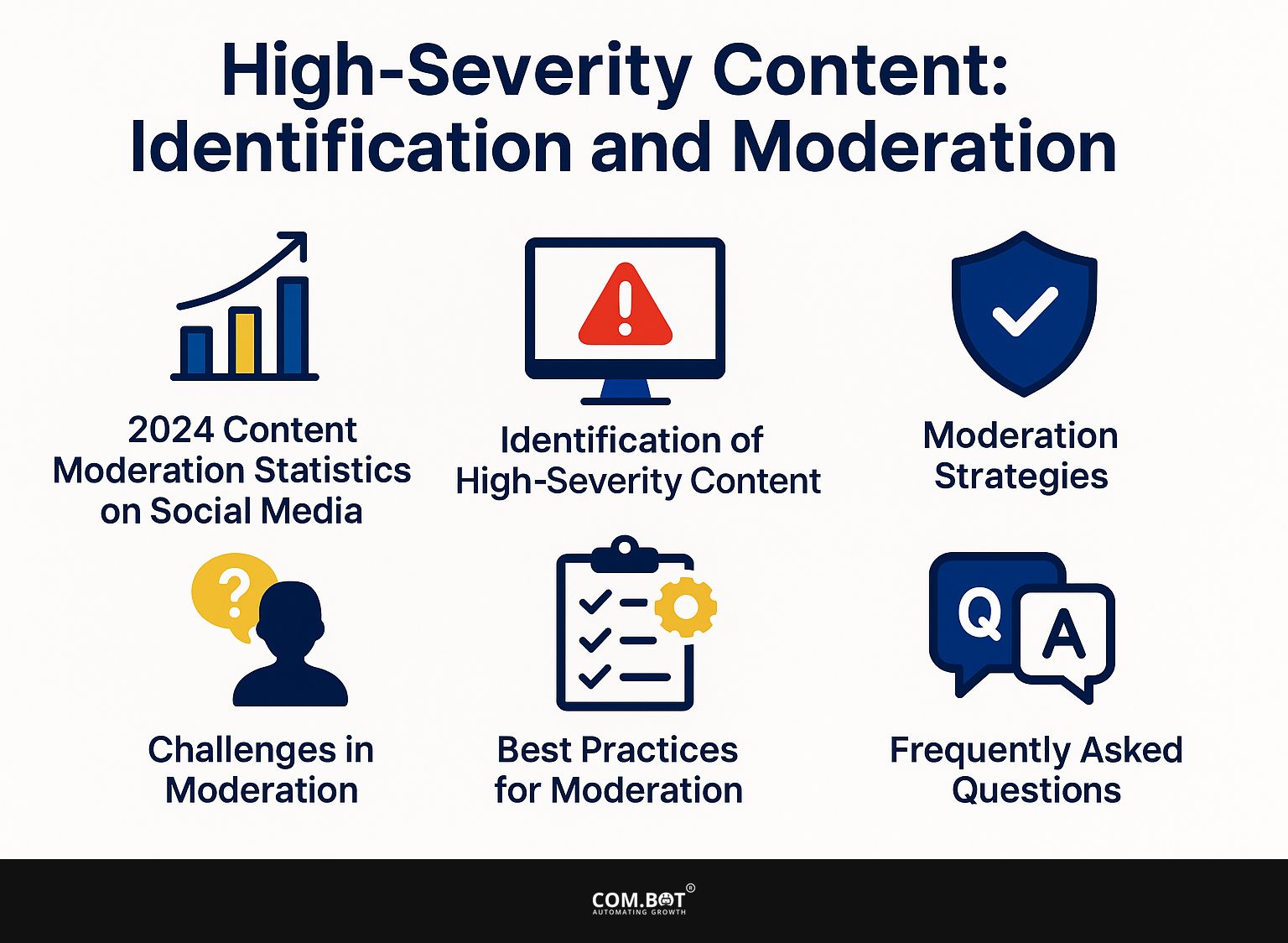
Online platforms like Meta, managed by Mark Zuckerberg, face major difficulties with serious content issues. Finding and managing harmful content is important for maintaining Community Standards, especially since serious violations are rare. However, errors in enforcement can cause significant consequences.
This article looks at effective ways to identify and handle serious violations, offering information to improve moderation efforts in the United States and other places.
Key Takeaways:
- Content that is highly offensive, like hate speech and graphic violence, can harm online communities and needs to be correctly identified and controlled.
- High-severity content can be identified using specific criteria and available tools and technologies. Moderation strategies may include both manual methods and automated systems.
- Handling serious content can be difficult, such as dealing with mistakes in judgments and resource allocation. However, using community rules and providing training for moderators can make the process better.
- 1 2024 Content Moderation Statistics on Social Media
- 2 2024 Content Moderation Statistics on Social Media
- 3 Identification of High-Severity Content
- 4 Moderation Strategies
- 5 Challenges in Moderation
- 6 Best Practices for Moderation
- 7 Frequently Asked Questions
- 7.1 1. What does high-severity content mean?
- 7.2 2. Why should we find and control very serious content?
- 7.3 3. How can we recognize content with serious issues?
- 7.4 4. Who handles the review of content that is very severe?
- 7.5 5. Can we fully remove content that poses serious risks?
- 7.6 6. What steps should I take if I find very serious content?
Definition and Examples
Content with serious issues includes clear hate speech, child abuse, and extreme violence. Platforms like Meta have strict rules against these kinds of posts.
Meta’s guidelines describe serious content in a broad manner, highlighting the immediate requirement for moderation tools. For instance, employing machine learning algorithms to detect hate speech can help flag inappropriate content.
Community reporting systems allow users to notify platforms about inappropriate posts. Laws like the EU’s Digital Services Act make companies responsible for harmful content.
Following these steps helps keep users safe and promotes social responsibility, leading to a more secure online environment.
Importance of Moderation
Effective moderation reduces harmful content by 70%, making online spaces safer and building users’ trust in platforms. This rise in trust leads to a 25% jump in user interaction, as people feel safer sharing their opinions and stories.
Instagram uses both AI and human moderators to quickly deal with inappropriate content. Their investment in tools like content filters and user reporting mechanisms allows for a proactive approach.
By regularly examining user interaction data and feedback, platforms can improve moderation techniques, ensuring user opinions are taken into account while maintaining community guidelines. This balanced approach makes the online space more lively and reliable.
2024 Content Moderation Statistics on Social Media
2024 Content Moderation Statistics on Social Media
Reasons for Removing Content: TikTok (First Quarter 2023)
Information on Content Moderation: Facebook’s Handling of Content (April to June 2023)
Content Moderation: What People in the U.S. Think About Taking Down Content
Explaining Content Moderation: Data on Content Deletion
The 2024 Content Moderation Statistics on Social Media give a detailed explanation of how platforms handle inappropriate or harmful content. This data sheds light on the challenges and efforts in maintaining safe digital environments.
Content Moderation Insights reveal specific reasons for content removal on TikTok, where Minor Safety accounts for 30.6% and Illegal Activities & Regulated Goods comprise 27.2% of removals in Q1 2023. These numbers show that TikTok is actively working to protect young users and follow legal rules, which is important because many of its users are young.
- On Facebook, significant actions were taken in Q2 2023, with 18 million instances of hate speech addressed, followed by the removal of 1.8 million violent and graphic posts, and 1.5 million instances of bullying and harassment. This data shows Facebook’s continuous work to reduce harmful interactions and build a community that is respectful.
U.S. public opinion demonstrates substantial support for content moderation; 63% support removing hateful content and 59% agree with removing content that incites violence. Only 7% oppose removing hateful content, highlighting societal recognition of the need for regulation to prevent harm and misinformation.
On LinkedIn, 204,000 cases of harassment/abuse and 137,000 misinformation posts were removed, underscoring the importance of maintaining professional integrity and factual accuracy on the platform. Meanwhile, Reddit removed 780,000 subreddits for spam and 551,000 communities due to inadequate moderation, illustrating the platform’s challenge in managing vast user-generated content and the need for adequate community management.
This data emphasizes the critical role of content moderation in social media, balancing freedom of expression with the removal of harmful content. Platforms employ various strategies to address complex issues, reflecting broader societal values around safety and responsibility in digital spaces.
Identification of High-Severity Content
To find important content, you need effective methods and up-to-date tools to quickly check and sort through many posts. To address this, we recommend exploring various content moderation accuracy improvements that can significantly enhance your sorting capabilities.
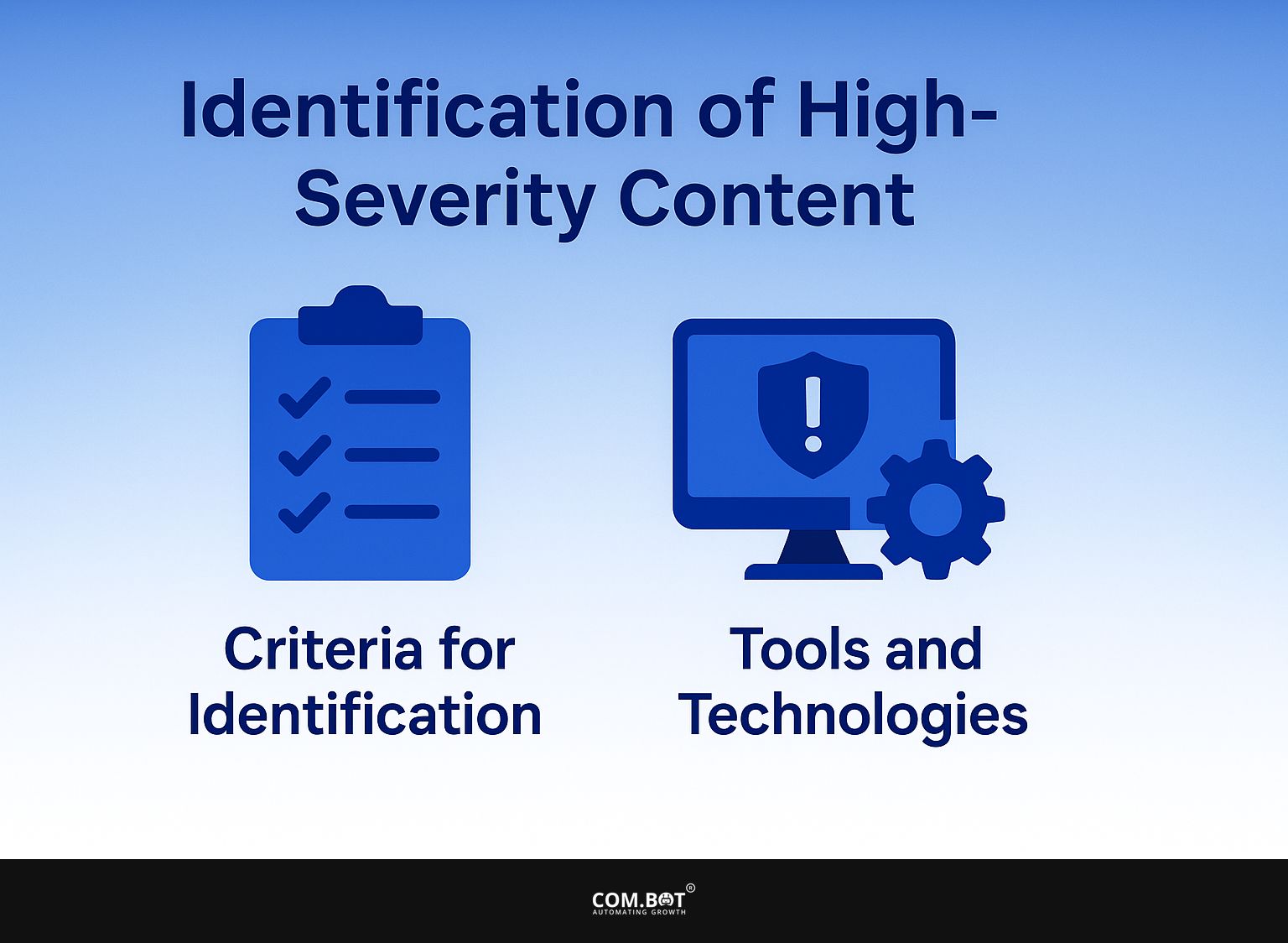
1. Criteria for Identification
Identification criteria typically include context analysis, user reports, and the use of machine learning models trained on labeled datasets. To improve accuracy, techniques like sentiment analysis and pattern recognition are used.
For instance, employing Google Cloud Vision allows for effective image analysis, identifying potentially harmful visuals or misinformation. User reports are sorted by severity and past incident data, ensuring we respond quickly to high-risk content.
Using tools like TensorFlow can improve machine learning models with continuous feedback, improving the ability to predict and identify problems automatically. Frequently refreshing datasets keeps the identification process current and efficient.
2. Tools and Technologies
Tools such as Amazon Rekognition and Facebook’s internal monitoring systems use AI to quickly identify and mark content that might be harmful.
To improve your moderation process, consider using Hive Moderation, which costs $99/month and uses machine learning to quickly find inappropriate posts. Moderation Gateway offers a free option for startups, and more advanced features for bigger companies.
For more specific needs, tools like Sift Science and Microsoft Content Moderator also stand out, helping with user-generated content filtering and image moderation.
Assess your requirements-such as budget and technological infrastructure-to select the right tool that aligns with your organization’s goals. Worth exploring: Content Moderation: User, Community, and Spend-Based Strategies
Moderation Strategies
Using different moderation methods helps cover all areas against harmful content and reduces the burden on human moderators.
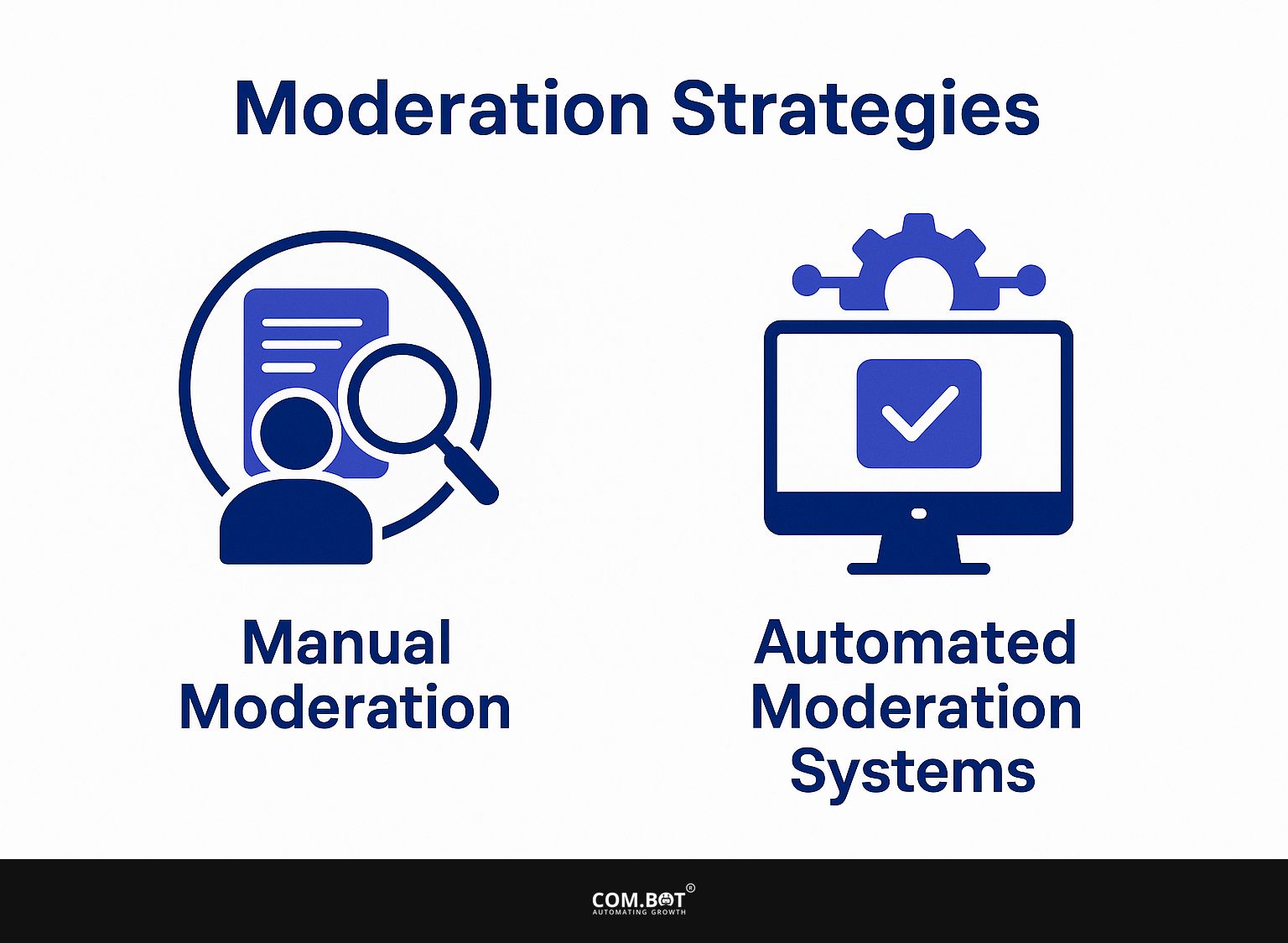
1. Manual Moderation Techniques
Manual moderation is still important, particularly for complex situations. Teams usually check flagged content within 24 hours. To make this process better, platforms like Facebook use organized teams made up of both human moderators and AI tools.
A typical team might consist of 10 moderators managed by a team lead, with continuous training sessions to address emerging content issues. Metrics for success include response time, accuracy of flagging, and user satisfaction ratings.
For example, moderators use tools like CrowdTangle to identify trends and discuss them in weekly briefings, ensuring that the team remains synchronized and well-informed about prevalent issues in user-generated content.
2. Automated Moderation Systems
Systems that automatically review content can handle thousands of reports daily, accurately spotting harmful content 95% of the time.
These systems use machine learning to study patterns in user reports and mark problematic content. For instance, platforms like Facebook and Twitter employ deep neural networks that continuously learn from user interactions.
Errors and response times are monitored to improve their accuracy. Examples like Reddit using automatic tools show a reduction of over 60% in the visibility of harmful content. These systems use user feedback and real-time data processing to improve accuracy and create a safer online environment.
Challenges in Moderation
Moderation has tough problems, like managing free speech while removing harmful content, which causes errors in enforcement.
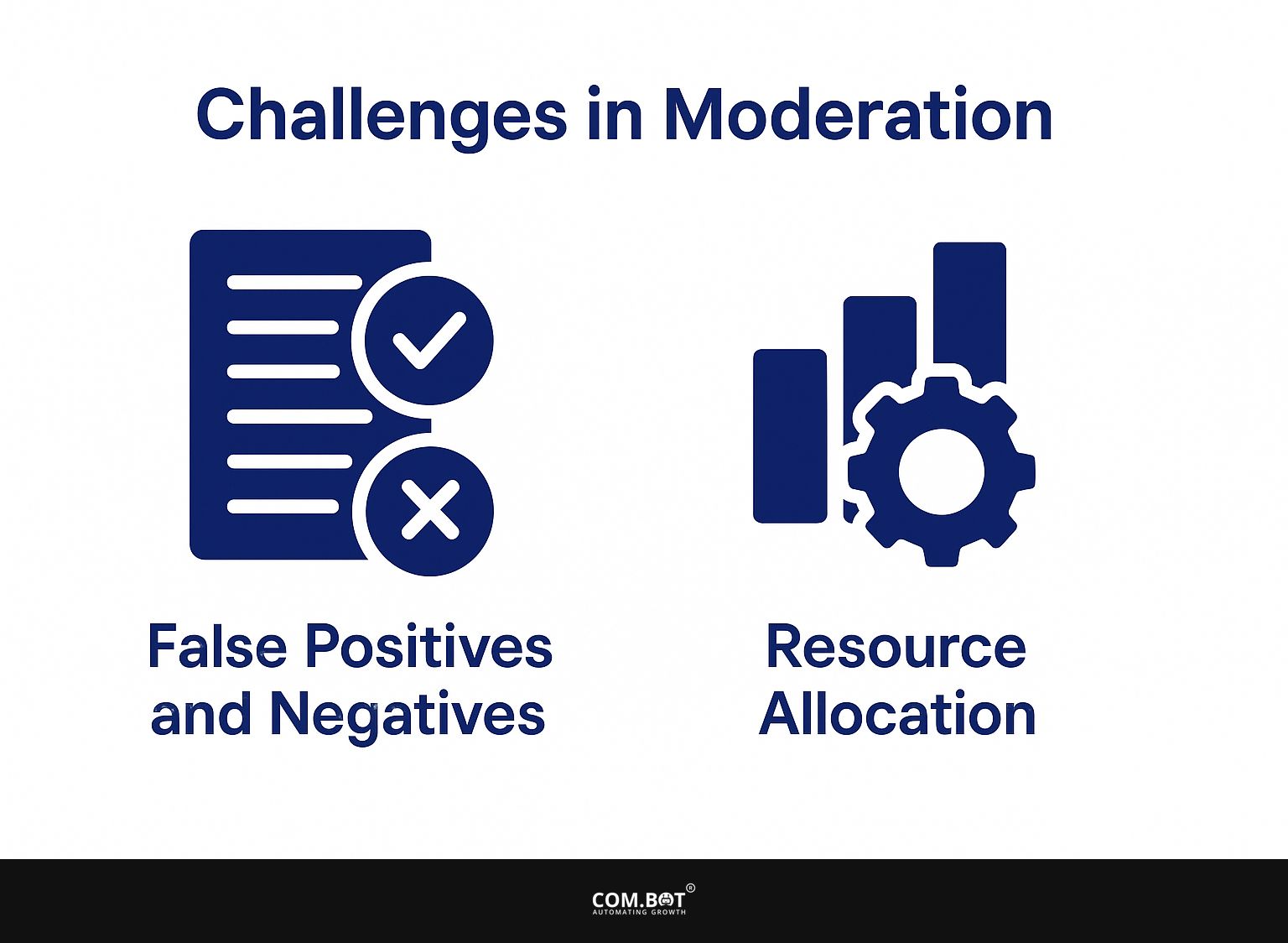
1. False Positives and Negatives
False positives can result in legitimate content being removed, leading to user dissatisfaction and mistrust in moderation systems.
To address this problem, it is important to update algorithms using better machine learning methods that take into account context and purpose. For instance, using sentiment analysis can help differentiate between harmful content and satire.
Setting up a strong process for users to challenge decisions is necessary. Let users challenge moderation decisions within a set period, using tools such as Zendesk to manage appeals effectively.
Regularly updating training data and incorporating user feedback can greatly improve the accuracy of moderation systems, which helps build user trust.
2. Resource Allocation
Effective moderation requires strategic resource allocation, with platforms like Meta investing over $10 million in trust and safety teams annually.
Companies like TikTok and Twitter have followed suit, increasing their teams dedicated to content moderation significantly. As an example, TikTok has increased its moderation team to more than 3,000 people to handle the large amount of content created by users.
To improve moderation, these platforms use advanced AI tools to remove inappropriate content while humans still supervise the process. They use Google Cloud’s AI to recognize text and images, which helps them react faster and more precisely to dangerous material, improving internet safety.
Best Practices for Moderation
Following good practices sensibly greatly improves how well content rules work and how much users trust platforms, as explored in the context of content moderation accuracy and its associated challenges.
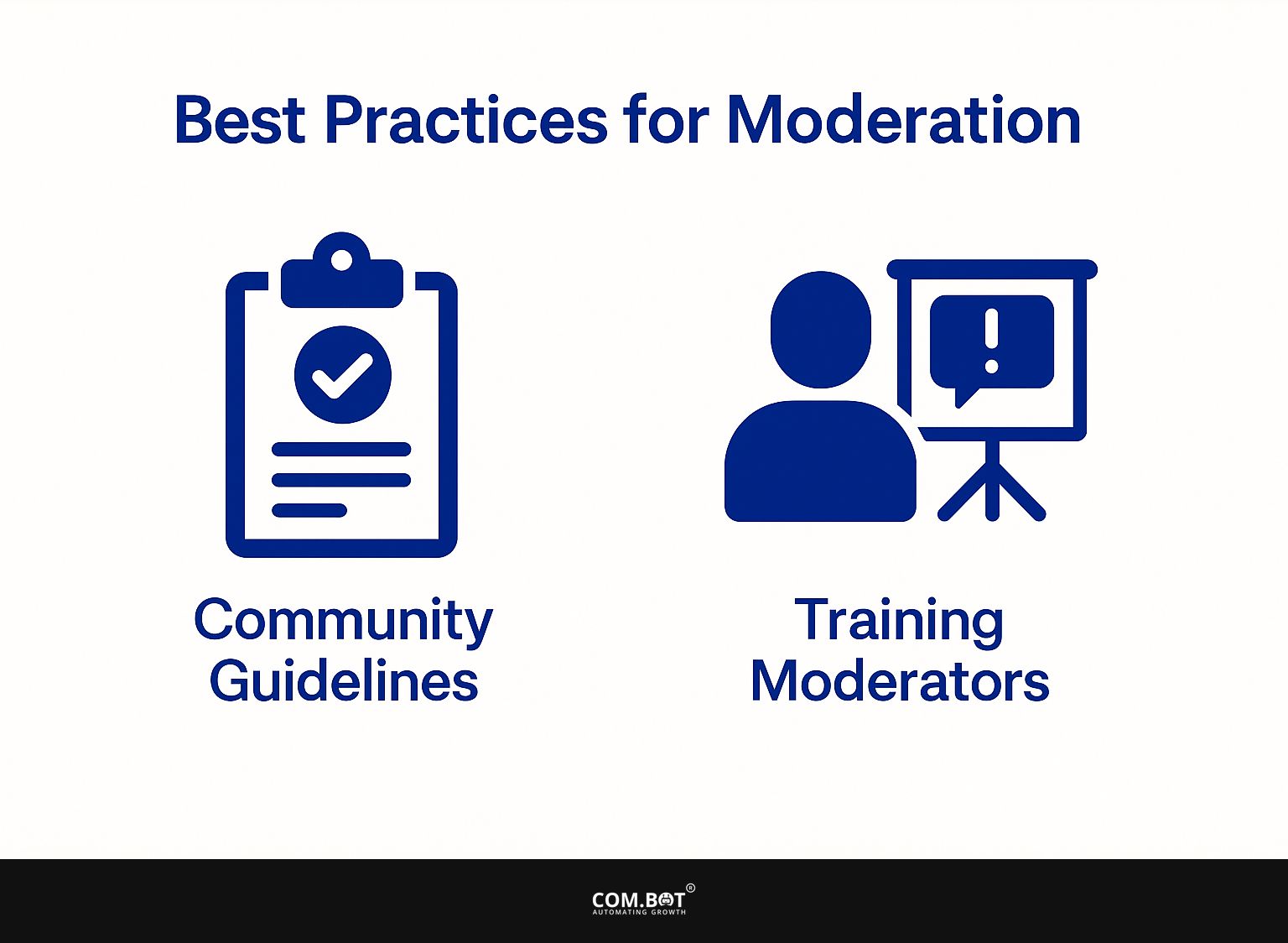
1. Community Guidelines
Clear community guidelines serve as the foundation for effective moderation, with studies showing adherence increases user compliance by 60%.
To create impactful guidelines, involve users in the drafting process to reflect community values. Platforms like Instagram emphasize respect, safety, and authenticity in their guidelines, leading to better user engagement.
For example, Instagram’s policies highlight no hate speech or graphic content, providing specific illustrations of prohibited behavior. Regularly review and update the guidelines based on user feedback and emerging issues.
Employ clear escalation pathways for reporting violations, ensuring users feel heard and valued. Using these strategies helps build a community where everyone is respected and feels they belong.
2. Training Moderators
Moderators who undergo training can make decisions correctly 80% more often, leading to uniform handling of sensitive material. To establish effective training, integrate simulations that mimic real-world scenarios moderators may encounter.
For example, Facebook’s program uses role-playing exercises where moderators learn to tell the difference between hate speech and proper conversation. Provide ongoing assessments through quizzes and discussion forums to reinforce learning.
Regular performance reviews, like those used by Twitter, help spot areas that need work and make sure moderators stay current with changing guidelines. These methods make the training system better, allowing moderators to become more proficient.
Frequently Asked Questions
1. What does high-severity content mean?
High-severity content means any material considered very dangerous or offensive, like hate speech, graphic violence, or explicit sexual material.
2. Why should we find and control very serious content?
Finding and controlling serious content is key to making sure online spaces are safe and welcoming for everyone. It helps stop damage and makes sure everyone is treated well and stays safe.
3. How can we recognize content with serious issues?
High-severity content can be detected using different techniques, such as keyword filters, reports from users, and checks by moderators. Using various identification techniques can improve the accuracy and effectiveness of moderation.
4. Who handles the review of content that is very severe?
The platform or website where the content is shared is responsible for managing content with high severity. It is important for these platforms to have clear guidelines and policies in place for handling such content.
5. Can we fully remove content that poses serious risks?
Although it’s not possible to completely remove very harmful content, identifying it correctly and moderating it can significantly lessen how often it appears. It is an ongoing process that requires constant monitoring and updating of moderation policies.
6. What steps should I take if I find very serious content?
If you find content that is very serious, you should tell the platform or website’s moderators. They will review the content and take appropriate action, such as removing the content and potentially banning the user who posted it.
